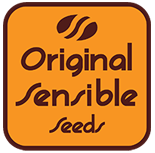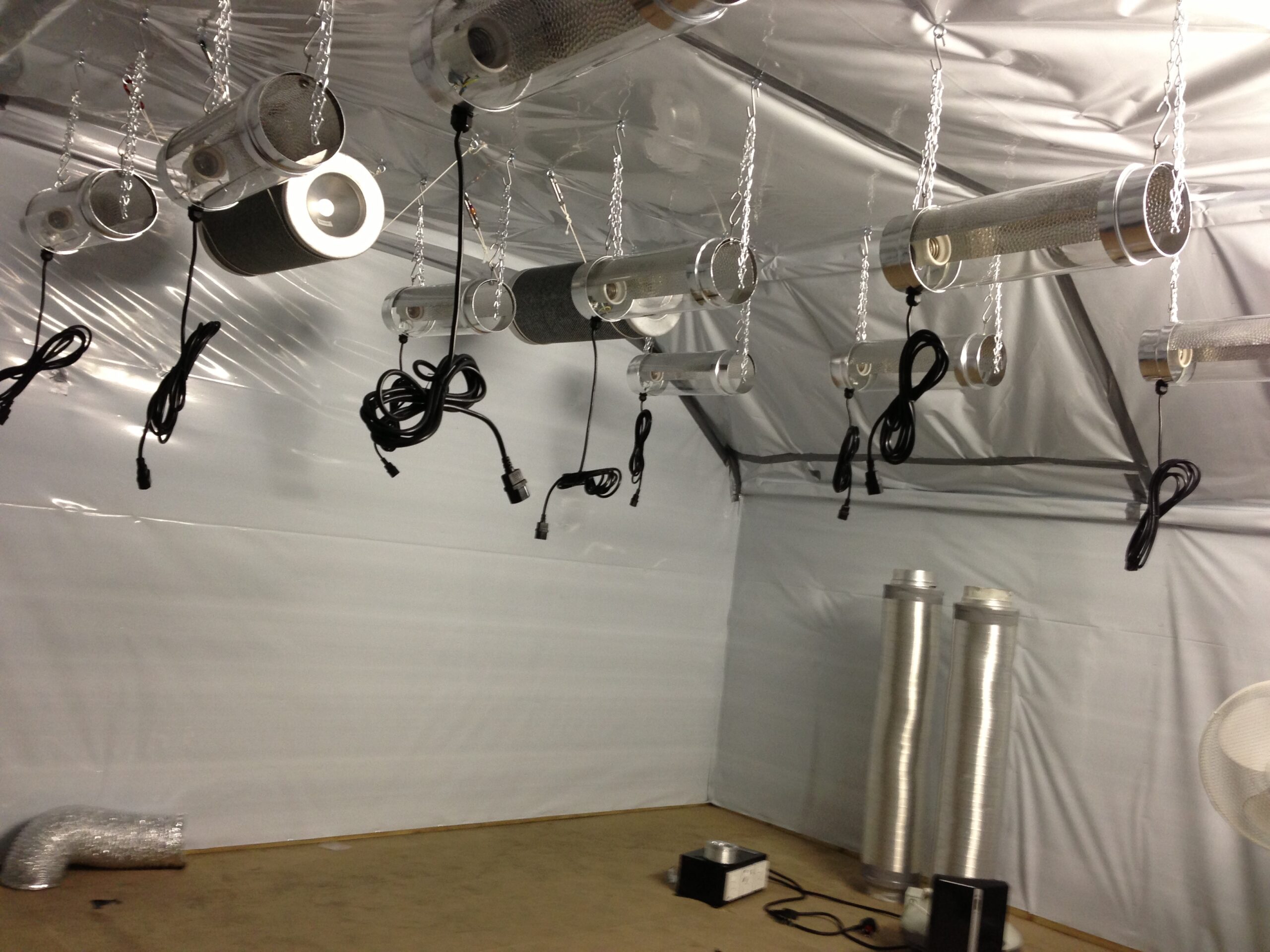Let There Be Light – Understanding Light as the Primary Need of a Plant
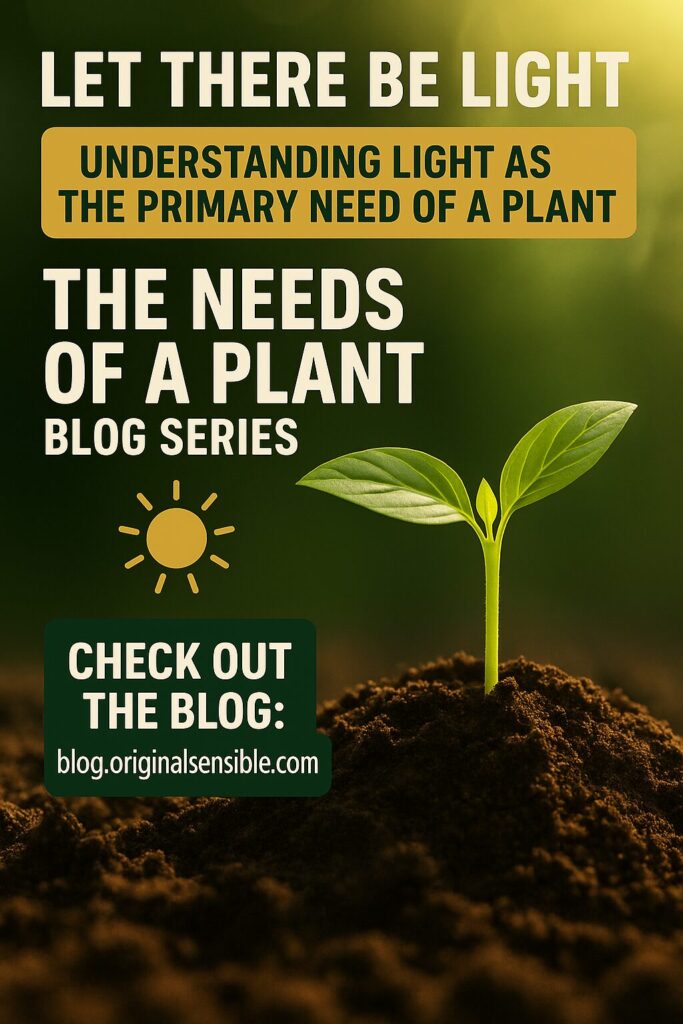
Light isn’t just important to plant growth—it’s the most critical factor in a plant’s survival and productivity. Without light, photosynthesis cannot occur. And without photosynthesis, a plant has no way to convert carbon dioxide and water into the sugars and energy it needs to grow, repair, flower, or reproduce. In nature, plants rely on the sun’s cycles. Indoors, we become the sun—and with that power comes responsibility. It’s our responsibility to recognise the needs of our plants and know how to meet them before you would even consider learning how to grow. That’s how important light is to plants.
But, like genetics, not all light is created equal.
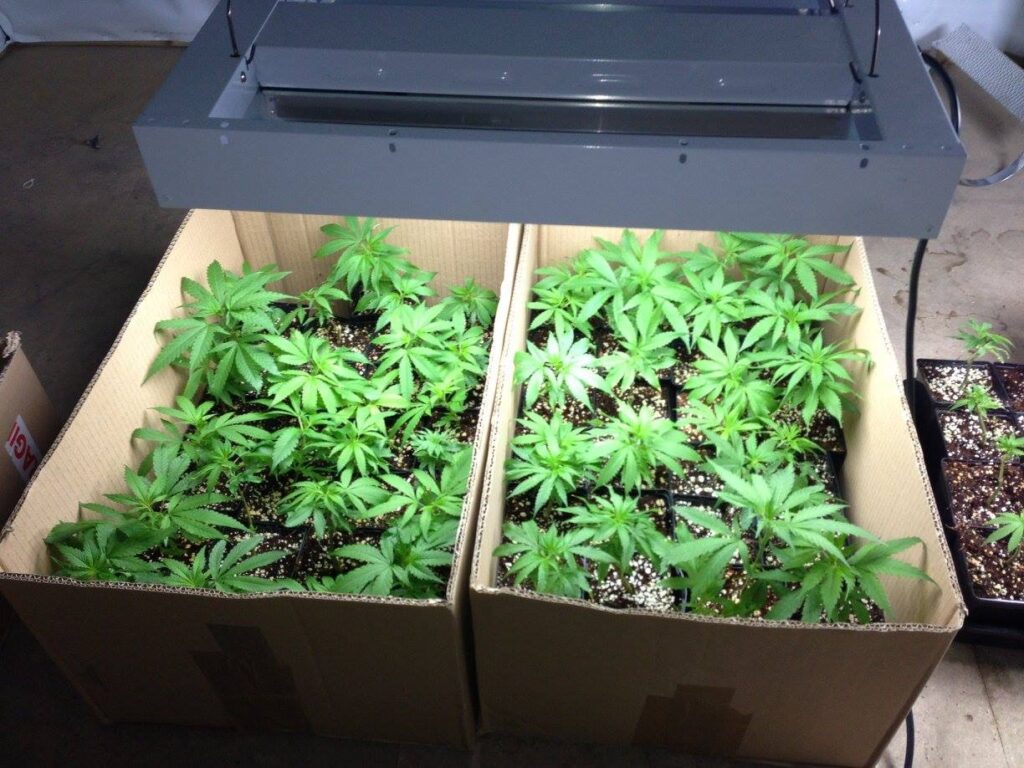
Spectrum and Wavelengths: What Plants Actually Use
Plants Need Different Wave Lengths at Different Times
Plants don’t use all light equally. They respond primarily to specific wavelengths within the visible spectrum—namely blue (400–500nm) and red (600–700nm) light. This is called photosynthetically active radiation (PAR).
- Blue light supports vegetative growth. It encourages compact, bushy plants with strong stems and large, healthy leaves. Think of blue light as the fuel for structure, foliage, and rooting.
- Red light promotes flowering and fruiting. It signals the plant to shift into reproductive mode, stimulating bud formation, flower growth, and fruit development.
Full-spectrum LED lights are designed to replicate the balance of natural sunlight by blending red, blue, and other beneficial wavelengths. Many growers use full-spectrum LEDs throughout the entire lifecycle. Others choose to adjust spectrums dynamically, giving more blue light during vegetative stages and increasing red light during bloom.
Lighting Types: LED vs HID
Let’s compare the most common lighting types used by growers:
LED (Light Emitting Diode)
- Pros: Low heat output, energy-efficient, long lifespan, full-spectrum options available, adjustable intensity
- Cons: Higher upfront cost, some budget models lack spectrum balance
- Best used: Throughout all stages of growth with a quality full-spectrum model
HID (High Intensity Discharge) Lighting
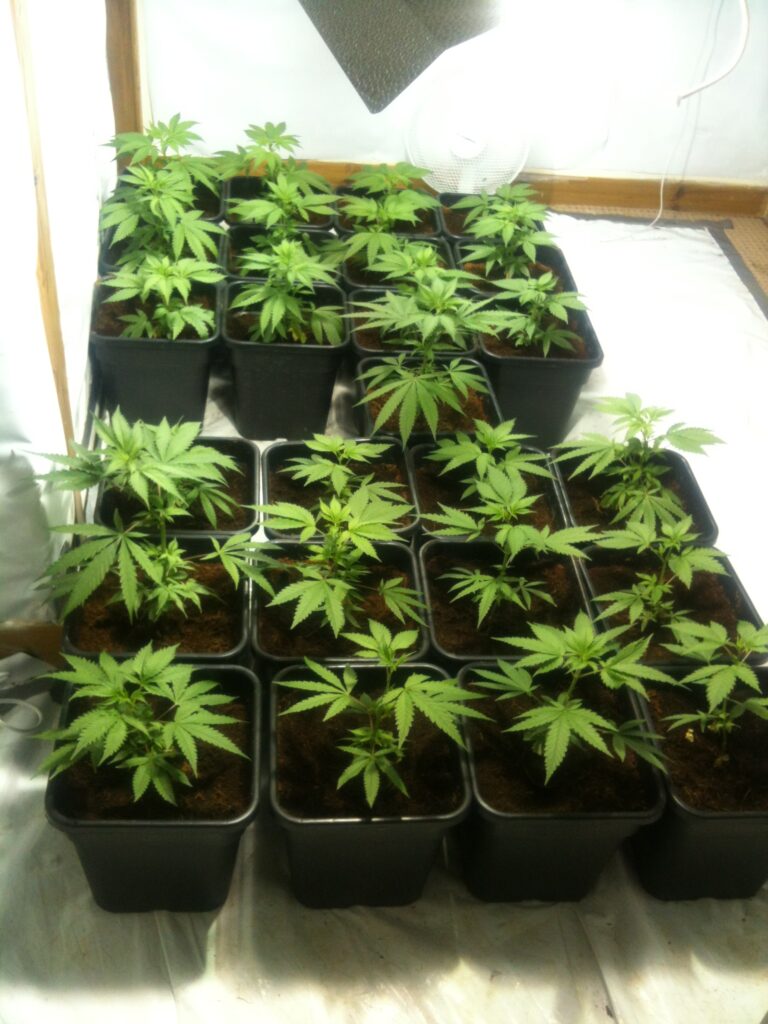
Includes two main types: Metal Halide (MH) and High Pressure Sodium (HPS)
- MH (Metal Halide): Emits more blue light, ideal for vegetative growth
- HPS (High Pressure Sodium): Emits more red/yellow light, ideal for flowering
- Dual Spectrum (DS): Combines both MH and HPS wavelengths in one bulb for convenience
- Pros of HID: High intensity light, proven performance in commercial growing, excellent for penetrating deep canopies
- Cons: High heat output, short bulb lifespan, higher energy consumption, need for external ballasts and reflectors
For best results:
- Use MH during the veg phase
- Switch to HPS during flowering
- Or opt for Dual Spectrum bulbs if switching isn’t practical
Intensity and Positioning
Light intensity affects everything from plant metabolism to canopy structure. If intensity is too low, plants become leggy, stretched, and pale. If it’s too high, they may suffer leaf burn, nutrient stress, or heat damage.
How do you measure light strength?
You can measure light intensity using:
- PAR meters (measure photosynthetically active radiation)
- PPFD (Photosynthetic Photon Flux Density): the actual light your plants receive at the canopy level, measured in micromoles per second per square meter (µmol/m²/s)
- Lux meters (less accurate, measures brightness perceived by human eyes)
When should light intensity be adjusted?
- Seedlings and clones need low-intensity light
- Vegetative plants benefit from 400–600 µmol/m²/s
- Flowering plants need 600–1000+ µmol/m²/s depending on strain and tolerance
Adjust light intensity:
- By raising or lowering the fixture
- By dimming the light (if using LEDs with a dimmer)
- By switching bulbs or adjusting ballast wattage (HID systems)
Ideal distance from the plant canopy:
- LEDs: Usually 12–24 inches depending on wattage and lens angle. Closer lights should be lower wattage or dimmable to prevent bleaching.
- MH/HPS (400–600W): 18–24 inches
- 1000W HID systems: 24–36 inches
LEDs can often be placed closer because they emit less radiant heat—allowing light intensity to increase without burning the canopy. This can result in tighter internodes and better yields.
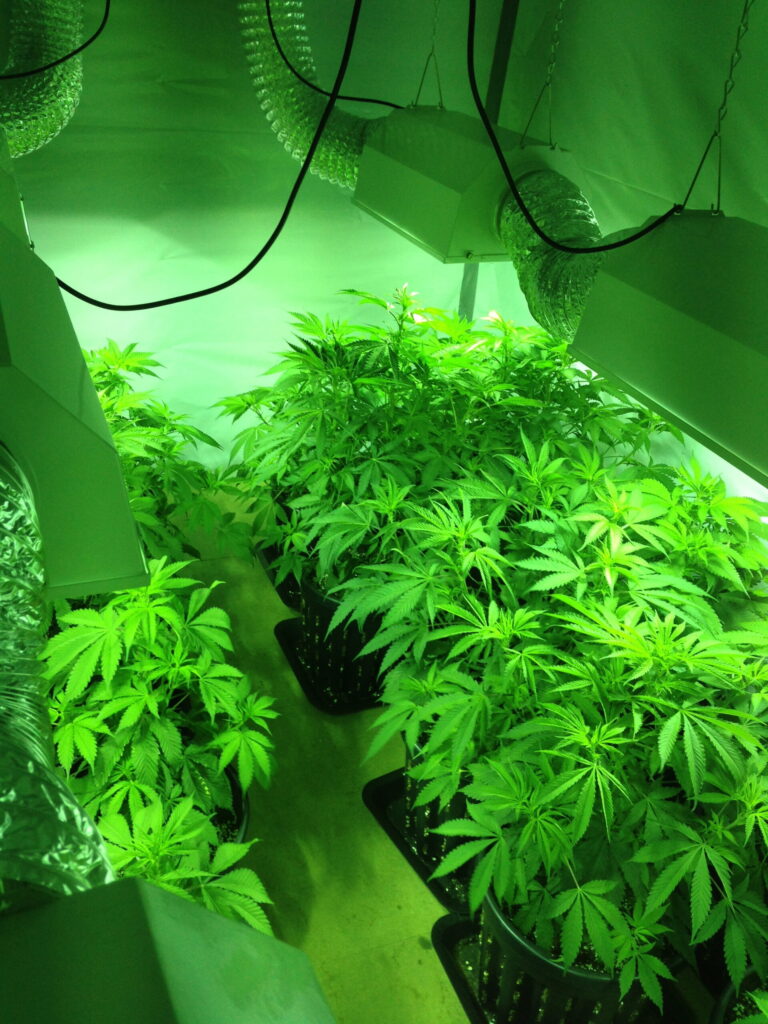
Understanding Photoperiod
Photoperiod refers to the ratio of light to darkness a plant receives in a 24-hour cycle. Most plants fall into one of two categories:
- Photoperiod-sensitive plants: Triggered to flower based on day length (e.g., cannabis, some vegetables)
- Autoflowering plants: Flower after a fixed time, regardless of day length
Why does this matter?
Photoperiod-sensitive plants evolved to flower based on seasonal light changes. Shorter days signal the end of summer and the approach of autumn—time to reproduce. When grown indoors, we simulate this process:
- 18/6 (light/dark) for vegetative stage
- 12/12 to trigger flowering
How do you know if your plant is photoperiod-sensitive?
Seed suppliers and strain descriptions will indicate this. Most regular and feminised seeds are photoperiod plants. Autoflowering strains are specifically bred with genetics from Cannabis ruderalis to bypass photoperiod sensitivity.
Final Thoughts
Mastering light means understanding its four dimensions: spectrum, intensity, duration, and positioning. It’s not just about turning on a lamp—it’s about replicating the rhythms and quality of sunlight in a way that matches your plant’s natural biology. Do that, and you unlock your plant’s full potential from seedling to harvest.
Now that we’ve uncovered how light powers growth, we turn our attention to what lies beneath. In Blog Post 3, we’ll explore the crucial role of the growing medium—and how choosing the right foundation sets your roots up for long-term success.
Next up: “Rooted in Success – Choosing the Right Growing Medium.”
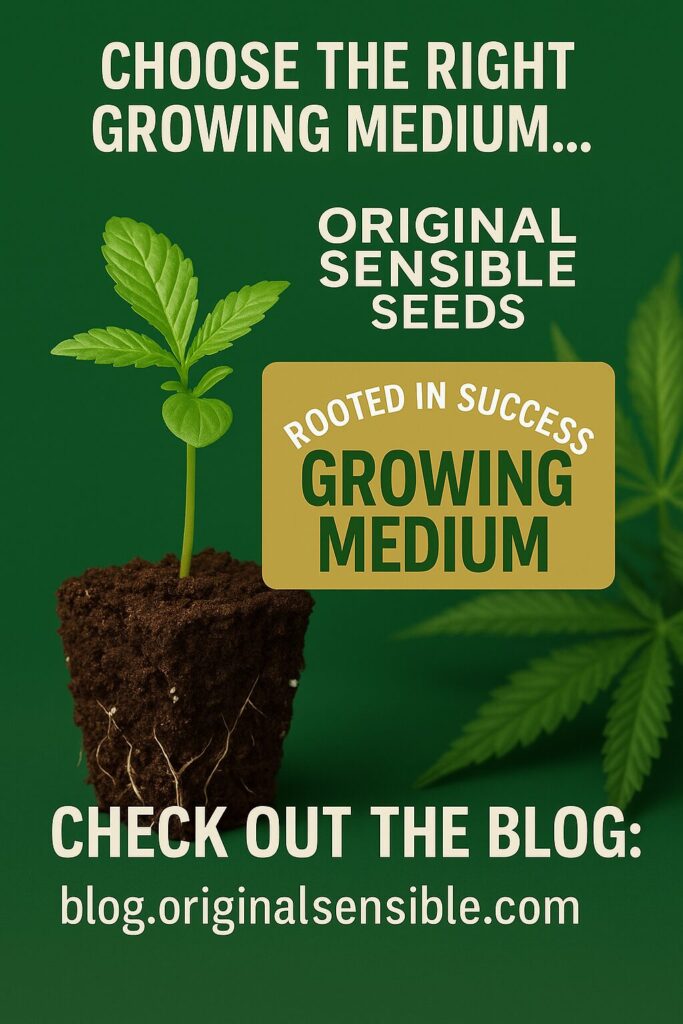
Want early access before it goes public?
Join our mailing list and get the next part of The Needs of a Plant delivered straight to your inbox.
